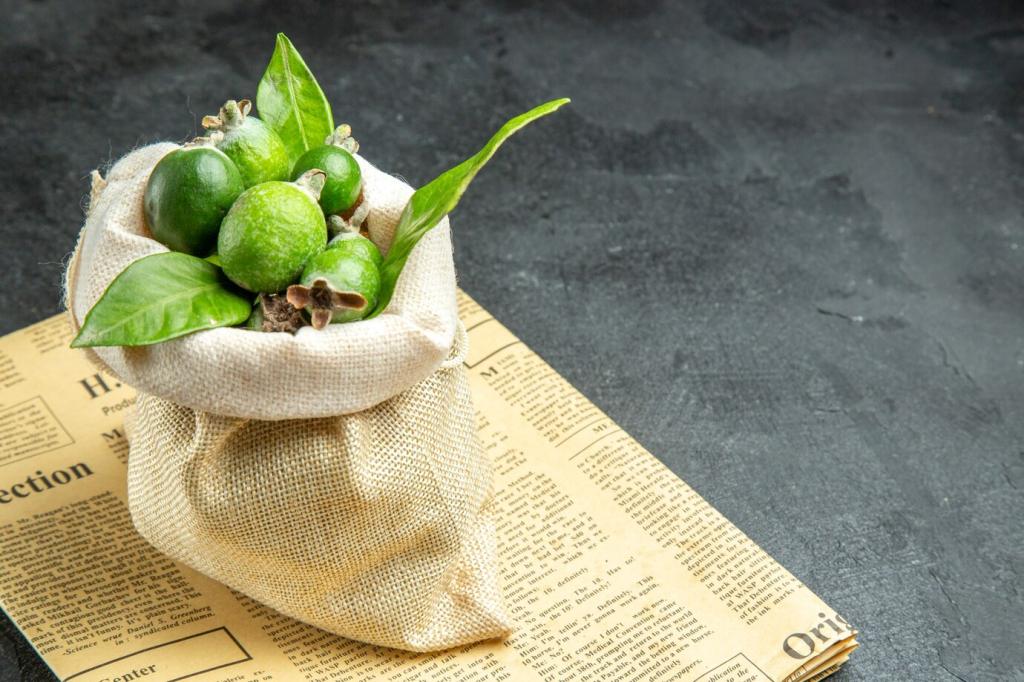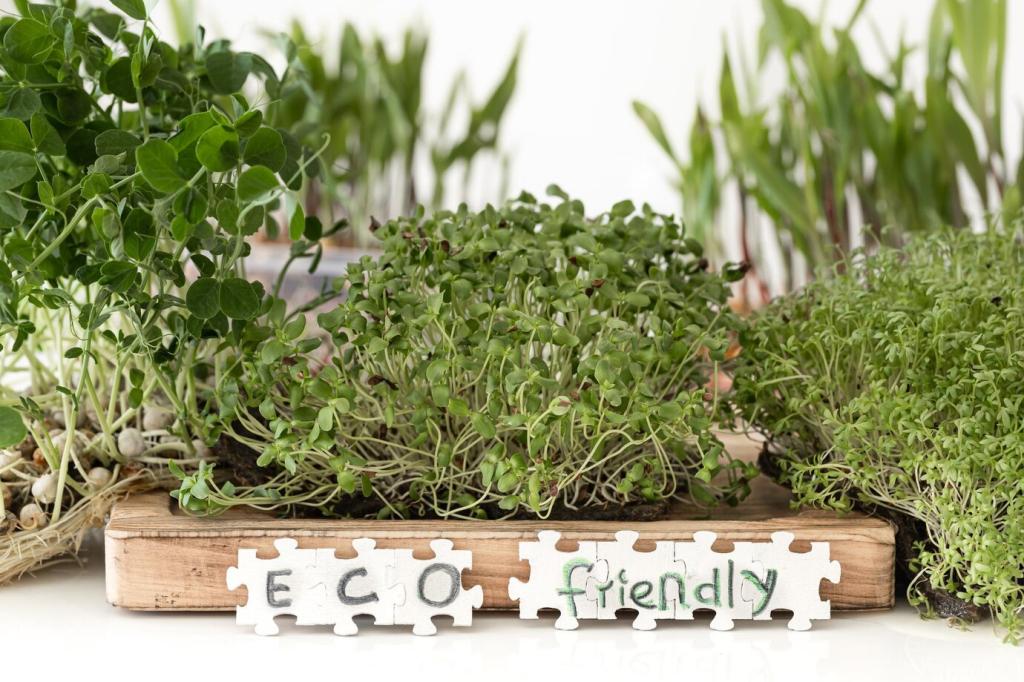Design Language: Texture, Color, and Character
Slubby linens, robust hemp canvases, and brushed organic cottons add tactile depth that synthetic sheens cannot match. Mix fine and coarse weaves for visual rhythm on sofas, poufs, and drapery. Texture catches light differently throughout the day, keeping spaces alive and interesting.
Design Language: Texture, Color, and Character
Plant-based dyes and low-impact processes yield rich, nuanced hues with fewer harsh chemicals. Think madder reds, indigo blues, and tannin browns layered over undyed bases. These palettes mellow with wear, creating the kind of patina that makes a space feel personal and truly lived-in.





